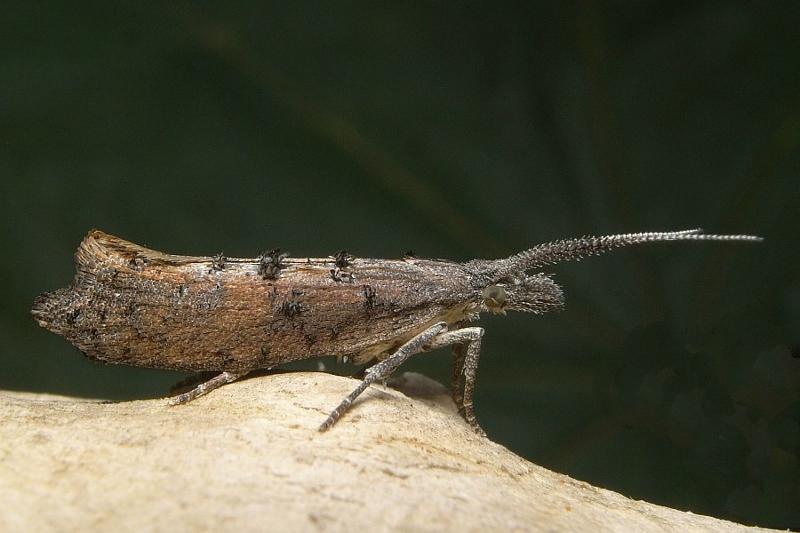Dingy Footman, Garden Pebble, Marbled Beauty, Small Phoenix and Wormwood Pug – these are just a few of the 120 species of moth recently surveyed on Southam Quarry.
According to the Butterfly Conservation (which also protects moths), there are about 2,500 species of moths found in the UK; of these, only two will attack clothes. They prefer dirty items in undisturbed places: that means that if your jumper has been attacked you probably weren’t wearing it often enough anyway.
Many moths are just as beautiful as butterflies; some even look like butterflies. Some are superbly camouflaged, like the buff-tip – easily mistaken for a broken twig of Silver Birch. And some have attractive names to match their appearance such as the fabulous Merveille du Jour (marvel of the day).
But beyond their beauty, moths also perform vital roles in the natural communities to which they belong, as pollinators. And one species of moth is at the centre of a multi-billion-dollar global industry! When spinning a cocoon in which to undergo the transformation to an adult moth, the caterpillars of the silkmoth Bombyx mori produce lustrous threads several hundred metres in length. These threads, once unravelled, are spun into the fine textile silk.
At Southam Quarry the rarest moth spotted was the Dark Smudge, Ypsolopha Horridella. The Latin Horridella is actually derived from horridus, meaning shaggy and referring to the raised crests on the wings. In the Butterfly Conservation’s Moth Report this species was classified as Nationally Scarce.
